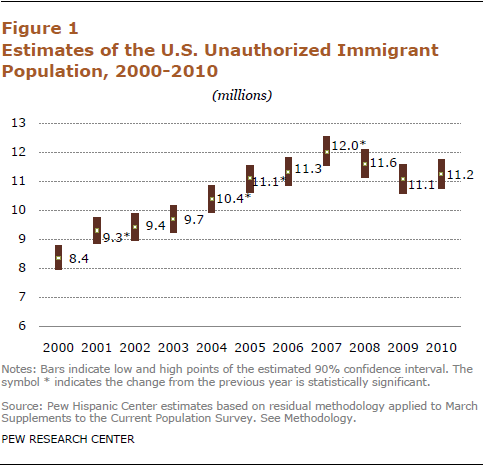Older Hispanics a work force to be reckoned with
Growing pool of 55+ workers will need to be tapped: AARP
WASHINGTON (MarketWatch) — One day the recession will end, workers will be needed and the growing pool of older Hispanics may be a good option to fill job openings, according to a report released Monday by AARP.
The pool of older Hispanic workers is growing faster than the “traditional” labor pool of those between 25 and 54, the report said. And for healthy growth, employers will need to replace and add to the more than 6 million jobs that have been lost since the recession began in December 2007.
Job figures spark optimism. While job losses mounted in May, the numbers weren’t as high as expected and suggest the U.S. recession is close to an end, reports Brian Blackstone of DJ Newswires.
“Once the recession ends, employers may face a scarcity of working-age adults with the necessary skills and experience,” said Deborah Russell, AARP’s workforce issues director. “Hispanics are one of the fastest growing segments of the older population, and they can help in a big way in filling the void.”
In coming years, the traditional labor pool may grow relatively slowly and could be supplemented by older workers. Adults 25 to 54 years old will increase 2% between 2008 and 2020, while the total population grows 12%. Over that same time period, adults age 55 to 69 will increase 34%.
Older workers, who may be overlooked by employers, offer a “mature, experienced, and skilled source of labor,” according to the report.
“By ensuring that their work forces include experienced and knowledgeable older workers, employers could prevent the loss of key skills and institutional knowledge that could damage their organization’s current and future competitiveness,” according to AARP.
Further, using older workers can help employers keep labor costs down, rather than raising wages because of worker scarcity, according to the report.
“In the long term, a stagnant labor pool could slow economic growth and reduce tax revenues needed to finance government services,” according to AARP. “Older adults provide a potential solution to the looming labor shortage.”
And Hispanics are one of the fastest growing segments of the older population — the number of Hispanics 50 to 69 years old is expected to almost quadruple by 2050, according to AARP. Also, Hispanics at age 65 can expect to live three years longer than non-Hispanic whites and four years longer than non-Hispanic blacks, according to the report.
“As employers look at where there are going to be opportunities to recruit and retain workers, [older Hispanics are] a population that ought not to be overlooked,” Russell said.
She added that employers can use special outreach strategies to find these workers, who may be less available through venues such as job boards. To increase the employment prospects for older Hispanics, employers can:
•Develop recruiting materials in English and Spanish.
•Use media outlets and other channels serving Hispanics.
•Use retraining programs to transition older workers in physically demanding jobs into spots that require less physical exertion.
•Offer language and skills training to workers who are otherwise good matches for career opportunities.
•Train managers to encourage them to appreciate workplace diversity and the value of diverse viewpoints for employers.
The report is being released as part of AARP’s Diversity and Aging conference being held in Chicago this week. The report, commissioned by AARP and prepared by the Urban Institute, uses the terms Hispanic and Latino interchangeably.

Letting go means to come to the realization that some people are a part of your history, but not a part of your destiny #inspiration #quotes
Source: MarketWatch













